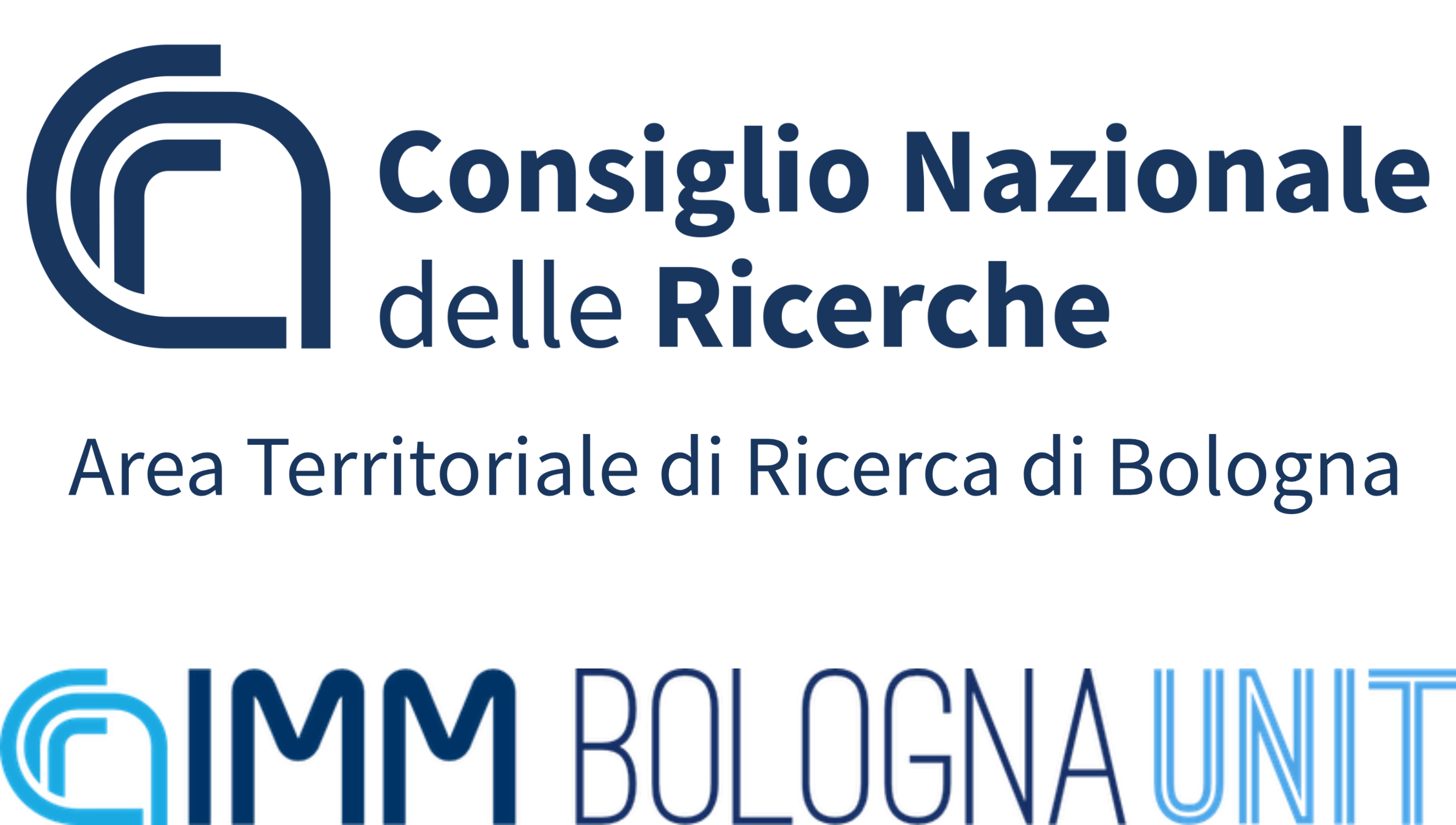
Film/Movies
03. CRISTALLI LIQUIDI / LIQUID CRYSTALS (38 min) (1979)
VERSIONE ITALIANA
ENGLISH VERSION
FRENCH VERSION NOT AVAILABLE
| Scritto da/written by: Lucio Morettini, Cristos Stremmenos, Claudio Zannoni |
| Diretto da/directed by: Lucio Morettini |
| Consulenza scientifica/Scientific advice: Cristos Stremmenos, Claudio Zannoni |
| Computer graphics: M.E. Ronchi, E. Corda (CINECA – Bologna), realizzata mediante sistema Computer Output Microfilm dell’E.N.E.L. – C.R.I.S. Milano |
| Edizione/Edition: Marco Del Carlo |
| Realizzazioni grafiche/Graphics: Cartoncine, Studio Bignardi – Modena |
| Istituzioni/Institutions: Facoltà di Chimica Industriale Università di Bologna |
Note:
16mm., colore, sonoro ottico, durata 38′, versioni italiana, francese e inglese (1979)
Nella parte iniziale del film si dimostra, mediante esperimenti semplici di laboratorio che, effettivamente, i cristalli liquidi rappresentano il quarto stato della materia, accanto a quelli solido, liquido e gassoso. Una parte molto importante del film, non solo dal punto di vista didattico, ma anche per il contributo originale offerto alla ricerca, è quella che illustra i risultati derivanti dalla simulazione al calcolatore elettronico delle proprietà orientazionali di un modello di cristallo liquido. Questa parte del film è stata realizzata con l’impiego di una tecnica di computer graphics -Computer Output on Microfilm (COM)- e viene illustrata l’influenza della variazione di temperatura sull’ordine orientazionale delle molecole. Sono le particolari proprietà dei cristalli liquidi -intermedie tra quelle dei solidi e dei liquidi- a rendere queste sostanze assai utili in molte applicazioni pratiche. Il film mostra alcune tra le più importanti di queste, quali i display elettro-ottici e i termometri. In dettaglio viene anche illustrato l’impiego dei cristalli liquidi colesterici nella termografia diagnostica, con particolare riguardo a sviluppi originali del metodo (registrazione quantitativa di mappe termiche).
Il film ha ottenuto:
– Primo Premio, VIII Festival of Scientific and Technical Films-Budapest (1979)
– Primo Premio (Categoria Film di Insegnamento Superiore), International Science and Technology Tokyo Film Contest (1979)
– Primo Premio – Medaglia d’Oro (Categoria Film di Insegnamento Superiore), IX International Scientific Film Festival N. Tesla-Beograd (1980)
Notes:
16mm., colour, optical sound, duration 38′, Italian, French, and English versions (1979)
In the first part, simple laboratory experiments shows that liquid crystals really do represent the fourth state of matter, along with the solid, liquid, and gaseous states. A very important part of the film -not only from the educational point of view, but also because of the original contribution it offers to research- is the part that shows the results of the simulation of the orientational properties of a model of liquid cristal on the computer. This part of the film was realized using a technique of computer graphics -Computer Output on Microfilm (COM)- and the influence of varying the temperature on orientational order of molecules is illustrated. The peculiar properties of liquid crystals,intermediate between those of solids and liquids, makes them essential in many practical applications. The film demonstrates some of the most important ones as electro-optical displays and thermometers. The employment of cholesteric liquid crystals in diagnostic thermography is showed in detail, with particular regard to the original development of quantitative thermal mapping.
The film has obtained:
– First Prize, VIII Festival of Scientific and Technical Films-Budapest (1979)
– First Prize (Higher Education Section), International Science and Technology Tokyo Film Contest (1979)
– First Prize-Golf Medal (Higher Education Section), IX International Scientific Film Festival N. Tesla-Beograd (1980)
Area of Research

The Territorial Area of Research in Bologna is a campus that hosts the headquarters (main or local) of 7 CNR and 2 INAF institutes.
CNR-IMM
The CNR-IMM Bologna Unit is part of CNR-IMM, an Institute belonging to the Physics and Matter Technologies Department of the National Council of Research and organized in 5 Units and one Headquarters.

